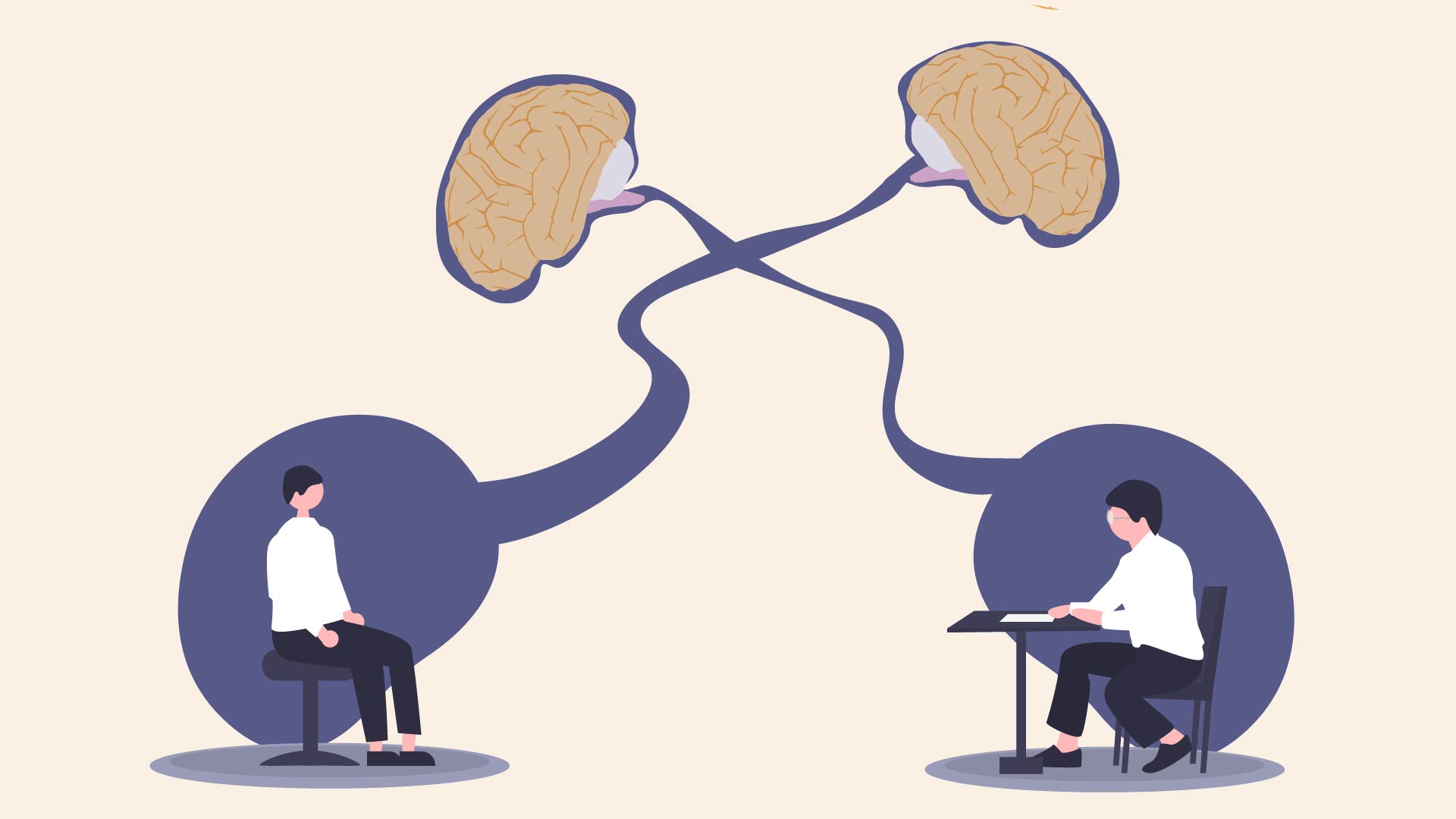Traumatic brain injury often leads to sensory-motor (paralysis) or cognitive deficits. In a subset of these cases, the patients are convinced that there is nothing wrong with them, even in the face of obvious evidence to the contrary – a condition known as ‘anosognosia’.
Perhaps the most famous case of anosognosia is that of the former US Supreme Court Justice William O. Douglas. During his time in office, Douglas suffered a stroke that paralyzed his left leg and confined him to a wheelchair. However, he demanded to be released prematurely from the hospital because he believed that reports of his paralysis were “a myth”. He even invited news reporters, in order to prove his theory, to join him for a hike.
A study by Valentina Pacella et al. describes a patient with a specialized deficit in social functioning – he fails to understand the intentions and emotions of others (lacks ‘the theory of mind’). Moreover, he denies having these impairments. The patient, “AP” – a 55-year-old sales representative who lives with his family had no problems with social interactions prior to the traumatic brain injury.
Neuropsychological assessments conducted after the incident revealed that the patient had no deficits in memory, language, reasoning, and other executive functions. The patient, however, was totally inconsiderate about the feelings of others and verbally aggressive in unwarranted situations. He was also seemingly incapable of self-criticism. During conflict, even with someone close to him, he would only find fault with others and would not attribute any wrongdoing to himself.
The researchers subjected AP to a battery of tests to measure – his ability to recognize emotions and read the mind of characters in stories, his comprehension of social norms (“what is appropriate vs. inappropriate”), and his capacity to identify violations of moral conventions. The researchers found that AP was occasionally able to recognize happiness and fear, but he had great difficulty recognizing sadness, uneasiness, anger, disgust, and envy. Although he demonstrably understood the stories presented, he failed to understand the intentions of characters in the stories. AP also failed to identify appropriate behaviors and violations of social rules. Moreover, he failed to differentiate between transgressions of different magnitude.
AP tended to consider all the different violations as being equally serious, without a distinction of gravity (e.g. during a lesson a boy starts talking with another boy: gravity of violation = 9; a boy beats another boy in the yard: gravity of violation = 9)
There is an ongoing debate about whether the ability to understand the intentions of others emerges out of other cognitive functions (working memory and/or executive functions) or exists as an independent construct. The authors note that in the case of AP, all other cognitive functions like language comprehension, executive functions, and memory are intact, suggesting that ‘theory of mind’ deficits are very specific.
The authors maintain, however, that the sample size is too low to make any conclusive inferences (N = 1) and stress the need for more investigation. Read more about the study here.








